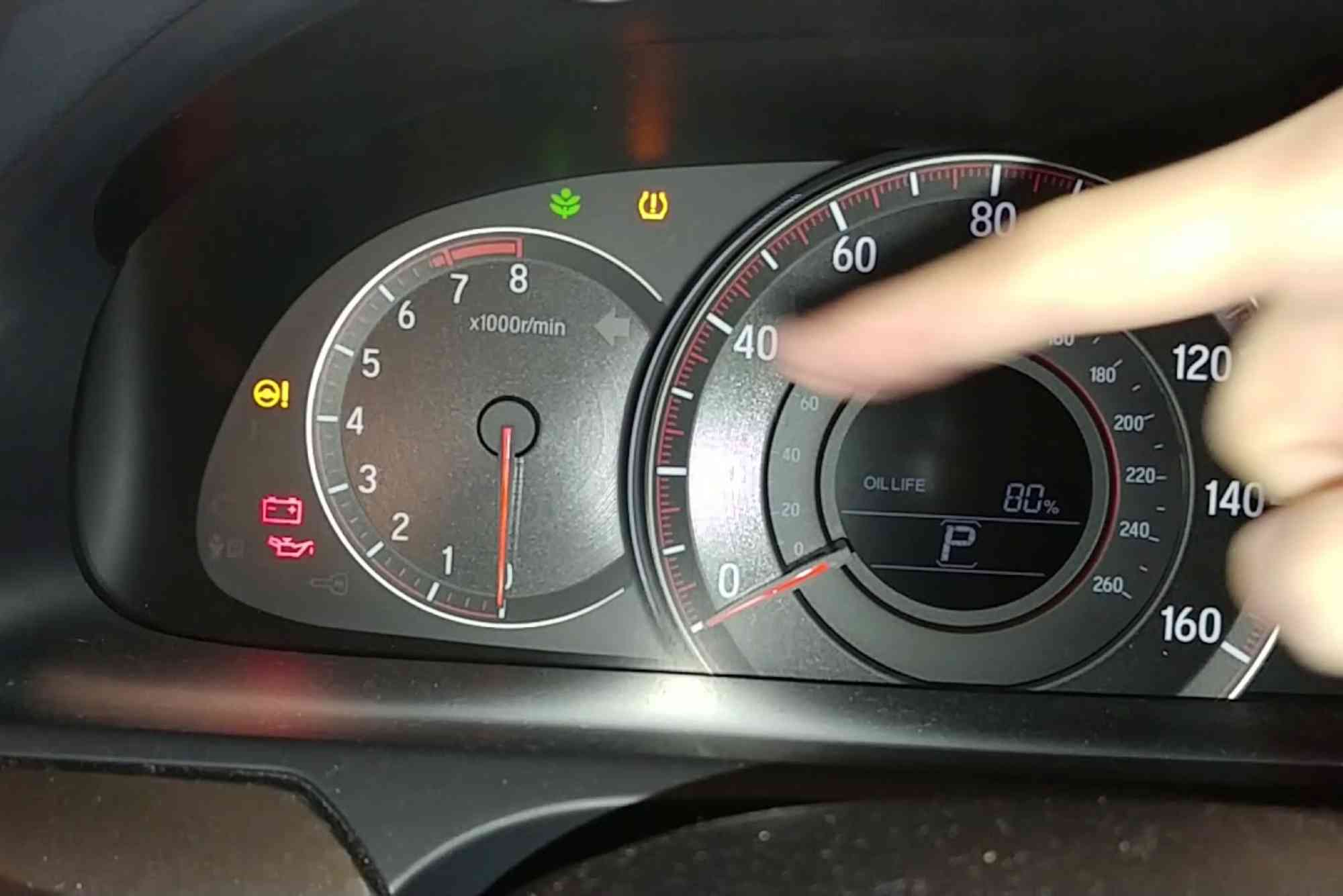You pull into your driveway after a long drive, notice the TPMS (Tire Pressure Monitoring System) light glowing on your dash, and wonder how to reset tire pressure on Honda Civic 2018. Perhaps you adjusted your tires or just rotated them. Either way, getting the pressure right and resetting the system properly matters for safety, fuel efficiency, and tire life. In this guide you will find everything you need to know to reset tire pressure on Honda Civic 2018 without confusion.
Understanding the TPMS and Why Reset Matters
First you must grasp what the TPMS in a 2018 Civic does. Tire Pressure Monitoring System continuously monitors air in each tire. When pressure falls below a preset threshold, the system alerts you. Resetting after inflating, rotating, or changing tires ensures that the TPMS recalibrates to new pressure so warning lights turn off appropriately.
Without resetting, your Civic might keep showing alerts even though pressures are correct. That distracts you and could mask real warnings in future. Proper reset also helps maintain ride quality and fuel economy.
When to Check and Inflate Tires before Resetting
Before you attempt how to reset tire pressure on Honda Civic 2018, you should check pressures when tires are cold. Driving heats tires and skews readings. Use a reliable gauge to measure pressure in each tire including the spare if applicable. Inflate or deflate until each matches the manufacturer’s recommended PSI. You’ll find those values on the driver’s side door jamb or inside the fuel flap.
Take time to inspect tire condition while you’re there. Look for bulges, cracks, or uneven wear. If something seems off, replace or repair tire before resetting. Only when all four (or five if you count spare) tires are correctly inflated should you reset the system.
How to Reset Tire Pressure on Honda Civic 2018
To reset tire pressure on Honda Civic 2018 you follow procedure involving ignition and a button inside the cabin. Start by turning the ignition ON but avoid starting the engine. Press the “HOME” button on the display, then navigate through the menu system. Find “Vehicle Settings,” then “Tire Pressure,” then select “Initialize.” Confirm reset. After this you will see “Tire Pressure Monitor Initializing” displayed. In a few minutes of driving above about 20 mph, the TPMS will learn new pressures and the light should go off.
If your model has different setup, perhaps with no “HOME” button (trim may vary), the reset may be through a “TPMS button” under dash or via combination of steering-wheel controls. Always refer to your owner manual for that trim. Many Civics require pressing and holding the TPSM or reset button until you hear a beep. Then drive to complete reset.
Common Issues When Resetting TPMS
Sometimes the TPMS light stays on after following reset steps. One cause is that one or more tires are still underinflated. Even slight pressure difference keeps the sensor unhappy. Another cause might be a dead TPMS sensor battery; these sensors run on small batteries that degrade over time and cannot be replaced cheaply. If a sensor fails, you may need replacement.
Temperature changes can also trigger false alerts. For example cold mornings reduce pressure, so you may see warning until you drive and tires warm up. Elevation changes have similar effects. Finally, mismatched wheels or aftermarket rims can confuse the system. If sensors do not match OEM spec, resetting may not work until correct sensors are installed.
Tips for Proper TPMS Maintenance
Maintain correct air pressure consistently. Check monthly or before long trips. Doing this helps ensure smooth reset next time. Store your tire pressure gauge in your glove compartment so you always have one. When inflating, use high-quality air machines; avoid overfilling. Record the pressures in your glovebox or on your phone so you remember what baseline you used for reset.
Also, when replacing tires, avoid damaging sensor stems. Tighten valve caps gently; moisture or dirt can affect the seal. If you rotate tires, make sure the system is reset afterward so the Civic knows where each sensor is (front left, front right, etc.). Although some TPMS designs are sensor agnostic, others rely on wheel positions for accuracy and performance.
Driving after Reset and Confirming Success
After you’ve performed how to reset tire pressure on Honda Civic 2018, begin driving above about 20 to 25 mph. During this drive the system scans sensors and confirms pressures. Usually you’ll see a message like “Tire Pressure Monitor Initialization Complete” or the TPMS light will go off. If the light remains lit for more than ten minutes or persists after a drive, stop and recheck pressures. It may be that one tire lost air during driving, or a sensor isn’t working properly.
Avoid stopping immediately after reset; the system needs motion and consistent speed to properly recalibrate. On highways or steady road can give the best conditions. Once the light goes off, you know the process succeeded.
Safety and Fuel Economy Benefits of Resetting Correctly
Resetting tire pressure properly offers safety benefits. Correct pressure improves braking, especially in wet or emergency stops. It reduces risk of blowouts, since over or underinflated tires overheat and wear unevenly. You’ll drive more smoothly and handle better.
Fuel economy improves because underinflated tires create more rolling resistance. The engine works harder, burning more fuel. Overinflation also reduces contact patch and can lead to uneven wear. Resetting ensures tires operate at optimal pressure, giving you more miles per gallon and longer tire life.
Troubleshooting Persistent TPMS Light
If after reset and a long drive the TPMS light remains, several further steps help. One you can try is resetting again; sometimes the first attempt doesn’t register due to timing. Next inspect each sensor physically; water damage, impact damage or corrosion may have interfered. Replace sensors if needed.
Another issue can be software glitch in car’s computer. In rare cases a dealer reset or update is required. If you suspect vehicle electronics at fault, book a service appointment. Also, extreme weather can cause delays in the system registering correct pressures. Wait for temperature to normalize before concluding problem remains.
Knowing how to reset tire pressure on Honda Civic 2018 empowers you to maintain safety, comfort, and vehicle performance. Whenever you adjust pressure, rotate tires, or detect TPMS alerts, follow the reset procedure. Confirm via driving and ensure sensors are functioning. Taking these steps keeps your ride safe and smooth.
If you found this guide helpful and want more car maintenance tips, subscribe for updates or share your experience resetting TPMS on Civic 2018. Always stay safe on the road!
FAQ
What PSI should I set for Honda Civic 2018 tires?
The recommended tire pressure for Honda Civic 2018 is printed on the driver’s side door frame. It varies slightly depending on trim and load, but typically around 32 PSI front and rear for normal load. Always refer to your door label.
How long does TPMS reset take in a Honda Civic 2018?
After initiating the reset, it usually takes a few minutes of driving above about 20 mph for the system to read all sensors and extinguish the light. If pressure is correct, it should go off within one drive cycle.
Does rotating tires force TPMS reset on Honda Civic 2018?
Rotating tires does not always force a reset. You need to manually reset tire pressure so the TPMS learns new positions. Without reset, some systems may misinterpret repositioned sensors and cause false warnings.
Can I reset TPMS without a sensor in Honda Civic 2018?
No. Each tire sensor must be working. If a sensor is missing or broken, the system cannot learn correct pressure for that tire. Replace the sensor then reset tire pressure correctly.




